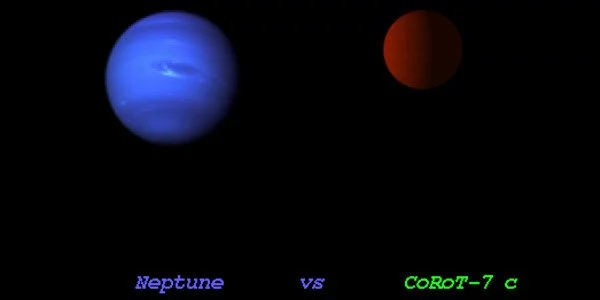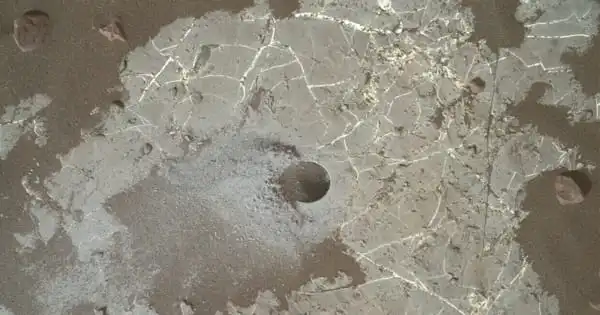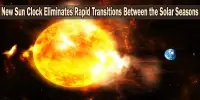CoRoT-7c is an extrasolar planet that orbits the G-type main-sequence star CoRoT-7, which is located in the constellation Monoceros approximately 489 light-years away. It is an exoplanet that orbits the star CoRoT-7, which is located about 489.2 light-years (150.0 pc) from our Solar System. It’s either a super-Earth or a Neptune-like planet, orbiting the star at 0.046 AU and taking 3.7 days or 89 hours to complete one orbit. Its discovery was made public in 2009.
CoRoT-7 c is an exoplanet that resembles Neptune and orbits a K-type star. It has a mass of 8.4 Earths, takes 3.7 days to complete one orbit around its star, and is 0.046 AU away from it. The apparent magnitude of CoRoT-7 is 11.7, with an absolute magnitude of 5.8. It is 0.9 times more massive and 0.9 times larger than our Sun. The surface temperature is 5313 degrees Celsius, and the spectral type is K0V. The extrasolar planet CoRoT-7 c orbits the star CoRoT-7 every 3.7 days at an orbital distance of 0.05 AU in this planetary system.

Discovery
The planet’s discovery was announced in February 2009 at the First Corot Symposium. It was discovered during the follow-up investigation launched to confirm the existence of CoRoT-7b, a super-Earth discovered by the CoRoT mission. However, unlike CoRoT-7b, it was detected only by the radial velocity method using HARPS from La Silla Observatory in Chile, rather than the transit method from the CoRoT satellite. A search for transits of CoRoT-7c in the lightcurve of the star CoRoT-7 produced a negative result, confirming that the planet is not transiting. As a result, no radius measurement is possible, and no density or structure models of the planet can be established.
Characteristics
The mass of CoRoT-7c, like that of CoRoT-7b, is only weakly constrained because the radial velocity data is noisy due to the presence of stellar activity. The published mass measurements range from 8.4 to 13.5 Earth masses, passing through 12.4 and 13.1 Earth masses. Because this mass range encompasses the transition from Super-Earths to Neptunes, the nature of CoRoT-7c, whether a rocky planet or an ice giant, remains unknown.
However, if the larger mass estimates are correct, CoRoT-7c is most likely a hot Uranus-like planet. The rotation of the planet is almost certainly tidally locked to the orbital period, with one side of the planet always facing the star CoRoT-7 and the other in perpetual darkness. A third planet, CoRoT-7d, may exist in the system, but its status is unknown until further observations are made. If this planet is confirmed, strong mutual gravitational forces could be exchanged between these planets, resulting in powerful tidal forces.
















